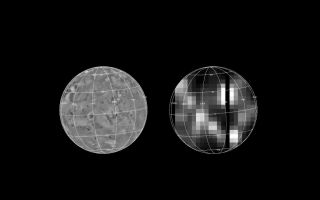
PIA00835: NIMS Observation of Hotspots on Io
|
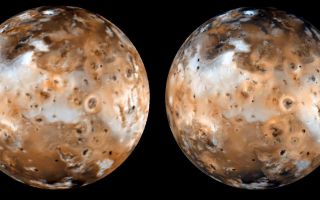
PIA01063: Voyager-to-Galileo Changes, Io's Anti-Jove Hemisphere
|
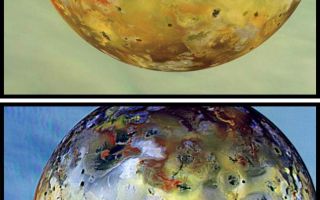
PIA01064: Global View of Io (Natural and False/Enhanced Color)
|
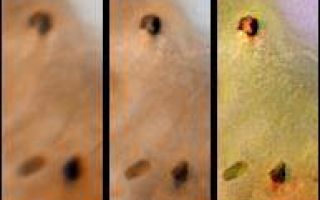
PIA01065: Lack of visible change around active hotspots on Io
|
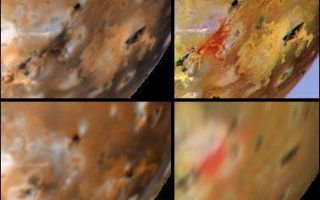
PIA01066: Changes around Marduk between Voyager, and Galileo's first two orbits
|
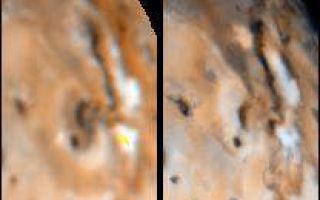
PIA01067: Changes on Io around Maui and Amirani between Voyager 1 and Galileo's second orbit
|
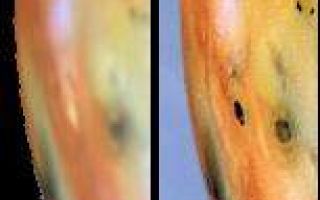
PIA01068: Changes east of Pele between Galileo's first two orbits
|
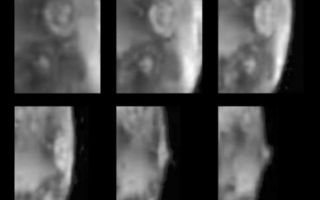
PIA01069: Active Volcanic Eruptions on Io
|

PIA01070: Changes on Io between Voyager 1 and Galileo's second orbit around an unnamed vent North of Prometheus
|
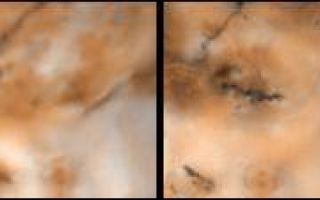
PIA01071: Changes on Io around Volund between Voyager 1 and Galileo's second orbit
|
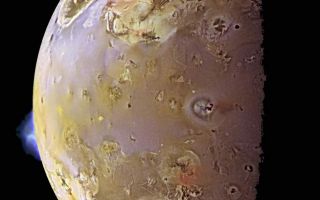
PIA01081: Color Mosaic and Active Volcanic Plumes on Io
|
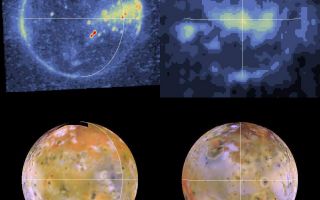
PIA01094: Io Degassing from sub- and anti-Jupiter Regions
|
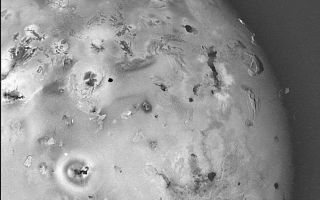
PIA01103: Geologic Landforms on Io (Area 1)
|
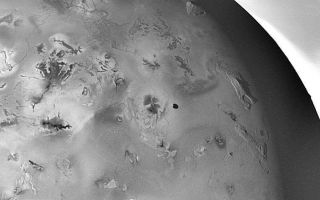
PIA01104: Geologic Landforms on Io (Area 2)
|

PIA01105: Geologic Landforms on Io (Area 3)
|
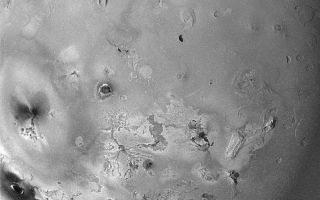
PIA01106: Geologic Landforms on Io (Area 4)
|
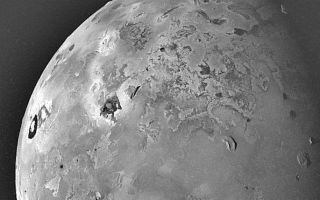
PIA01107: Geologic Landforms on Io (Area 5)
|
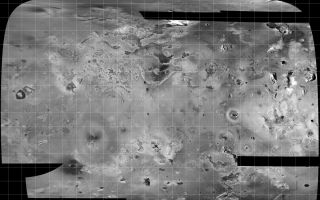
PIA01108: Mosaic of Io
|

PIA01109: Io's Sodium Cloud (Clear Filter)
|
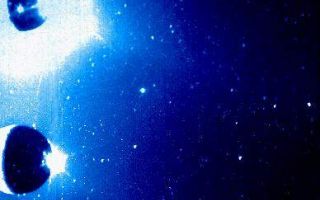
PIA01110: Io's Sodium Cloud (Clear and Green-Yellow Filters)
|
![<h1>PIA01111: Io's Sodium Cloud On-Chip Format (Clear and Green-Yellow Filters Superimposed)</h1><div class="PIA01111" lang="en" style="width:390px;text-align:left;margin:auto;background-color:#000;padding:10px;max-height:150px;overflow:auto;"><p>This image of Jupiter's moon Io and its surrounding sky is shown in false color. The solid state imaging (CCD) system on NASA's Galileo spacecraft originally took two images of this scene, one through a clear filter and one through a green-yellow filter. [Versions of these images have been released over the past 3 days.] This picture was created by: (i) adding green color to the image taken through the green-yellow filter, and red color to the image taken through the clear filter; (ii) superimposing the two resulting images. Thus features in this picture which are purely green (or purely red) originally appeared only in the green-yellow (or clear) filter image of this scene. Features which are yellowish appeared in both filters. North is at the top, and east is to the right.<p>This image reveals several new things about this scene. For example:<p>(1) The reddish emission south of Io came dominantly through the clear filter. It therefore probably represents scattered light from Io's lit crescent and Prometheus' plume, rather than emission from Io's Sodium Cloud (which came through both filters).<p>(2) The roundish red spot in Io's southern hemisphere contains a small yellow spot. This means that some thermal emission from the volcano Pele was detected by the green-yellow filter (as well as by the clear filter).<p>(3) The sky contains several concentrated yellowish spots which were thus seen at the same location on the sky through both filters (one such spot appears in the picture's northeast corner). These spots are almost certainly stars. By contrast, the eastern half of this image contains a number of green spots whose emission was thus detected by the green-yellow filter only. Since any star visible through the green-yellow filter would also be visible through the clear filter, these green spots are probably artifacts (e.g., cosmic ray hits on the CCD sensor).<p>The Jet Propulsion Laboratory, Pasadena, CA manages the mission for NASA's Office of Space Science, Washington, DC.<p>This image and other images and data received from Galileo are posted on the World Wide Web, on the Galileo mission home page at URL <a href="http://www2.jpl.nasa.gov/galileo/sepo/" target="_blank">http://www.jpl.nasa.gov/galileo/sepo</a>.<br /><br /><a href="http://photojournal.jpl.nasa.gov/catalog/PIA01111" onclick="window.open(this.href); return false;" title="Voir l'image PIA01111: Io's Sodium Cloud On-Chip Format (Clear and Green-Yellow Filters Superimposed) sur le site de la NASA">Voir l'image PIA01111: Io's Sodium Cloud On-Chip Format (Clear and Green-Yellow Filters Superimposed) sur le site de la NASA.</a></div>](system/html/PIA01111-026c16ec.jpg)
PIA01111: Io's Sodium Cloud On-Chip Format (Clear and Green-Yellow Filters Superimposed)
|
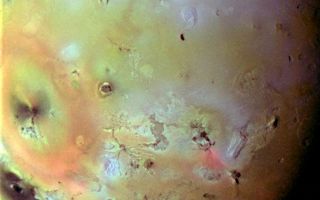
PIA01112: Pele Plume Deposit on Io
|
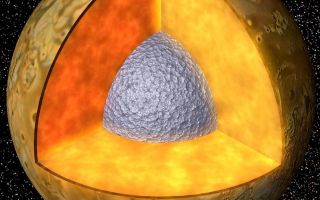
PIA01129: Interior of Io
|
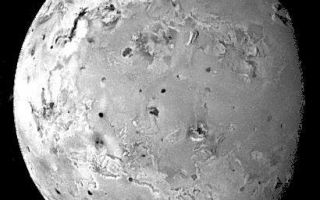
PIA01217: Topography of Io
|
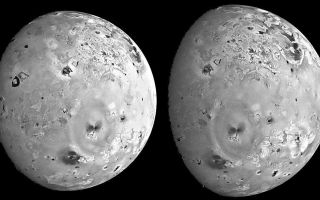
PIA01218: Mountains and Plateaus on Io
|
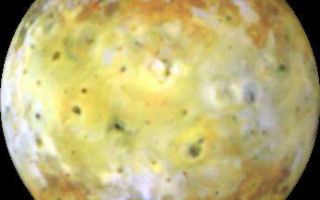
PIA01220: Io's Kanehekili Hemisphere
|
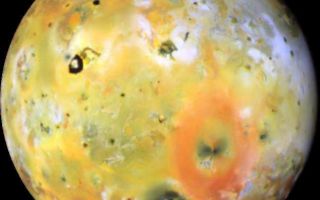
PIA01223: Changes on Io's Loki-Pele hemisphere
|
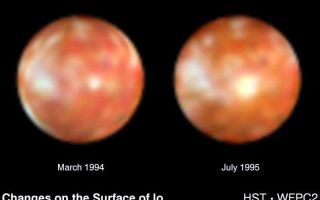
PIA01260: Hubble Discovers Bright New Spot on Io
|
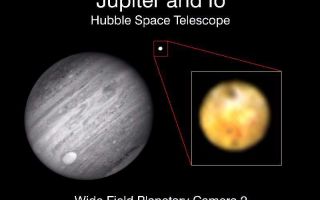
PIA01267: Hubble Space Telescope Resolves Volcanoes on Io
|
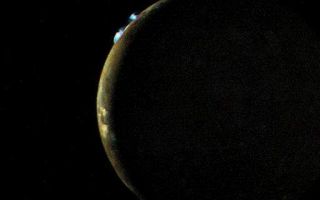
PIA01362: Io
|